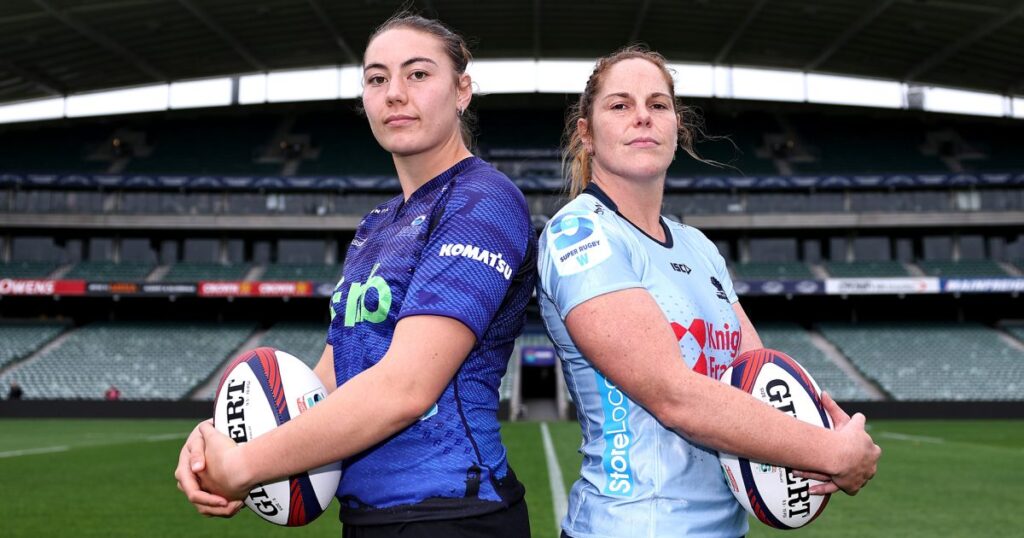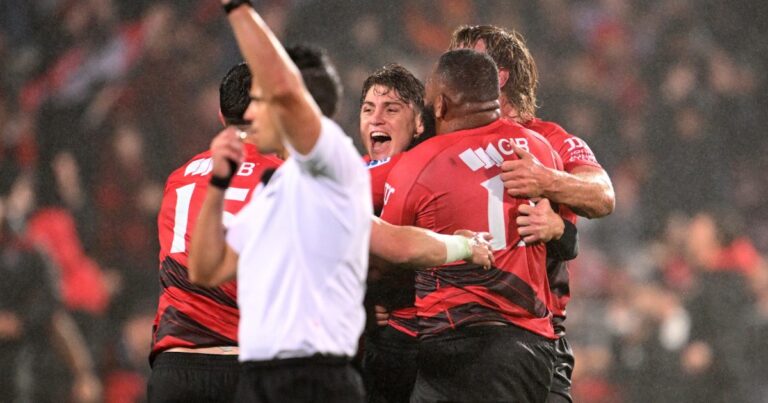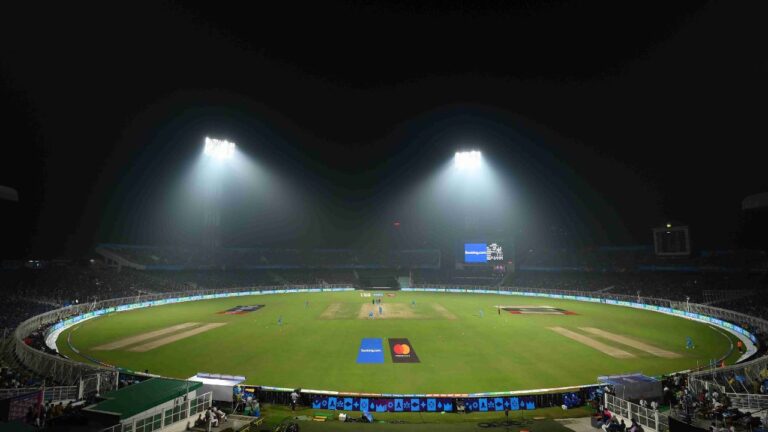
The Blues and New South Wales Waratahs may each have the chance to win a second title in the space of five days, but for the overall health of the women’s game, the Super Rugby Champions Final could mean so much more.
The match between New Zealand’s Super Rugby Aupiki champions and Australia’s Super W winners marks the first step in closer ties between the two countries and their domestic competitions. Players, coaches and fans on both sides of the Tasman have been clamouring for either a fully merged competition, a la men’s Super Rugby Pacific, or at least regular crossover fixtures between the sides.
As it stands, the five-team Super W competition features a single round robin, semis and a final, while Aupiki’s four-team competition sees the teams play each other home and away before a straight final between the top two sides after the regular season. Compare that to the 20-week PWR competition in the UK.
Everyone knows seven-week competitions aren’t long enough for either nation, but what any potential changes look like remains to be seen as both New Zealand Rugby and Rugby Australia also grapple with the financial health of the sport in both countries. The long-hoped-for global women’s calendar will also be a factor as World Rugby and game leaders in both hemispheres reshape the game post-Rugby World Cup.
With all that continuing to be nutted out in the months to come, the match at North Harbour Stadium offers an opportunity as to what might be.
On paper, little separates the Blues and Waratahs. New South Wales have won six of eight titles in Super W history and 12 of their last 13 matches, losing in round one this season to the Drua. The Blues are the back-to-back Aupiki champions and have won 10 of their last 11, with their only loss this year coming in round five to Matatu.
Both sides scored the most points in their respective competitions this season, each averaging more than 30 points, five tries and eight offloads per game. The Blues can run it from everywhere and have a physical edge that consistently gets them over the gain line. The Tahs also like to play with width through their midfield linchpin Georgina Friedrichs and put their exciting wingers in space.
The coaching teams will have taken note of a handful of stats that went against their sides in their respective finals; both had considerably less possession and territory than their opponents, the Blues’ lineout operated at a concerning 40 per cent and the Waratahs missed an eye-watering 53 tackles.
New South Wales will go into the match under-strength, losing all-time Super W leading try scorer Maya Stewart to concussion protocols, while Piper Duck and Adiana Talakai were both ruled out of the final. Leilani Nathan is also gone for the season. The Blues, meanwhile, are without their number eight enforcer Liana Mikaele-Tu’u and don’t have any specialist lock or halfback cover on the bench.
Despite those absentees, there are match-ups across the park and both teams are stacked with internationals. While things didn’t really go her way in the final, Katelyn Vahaakolo’s battle on the wing with Waratahs player of the final Desiree Miller is enticing, the duel between international flyhalves Arabella McKenzie and Ruahei Demant (who shifts from 12 for the Blues) is of critical importance, while the two locking combinations are significant performers for their respective sides.
But it’s two teenagers at the back that make the eyes light up. It could be the first battle of many between the Waratahs Caitlyn Halse and the Blues Braxton Sorensen-McGee, 18-year-old fullbacks with the rugby world at their feet.
Given the teams played a 36-all draw in a pre-season match in Auckland in February and considering the stats outlined above, everything points to an even contest for a match that’s likely to be played in terrible weather conditions.
However, the concern advocates of an expanded competition may have as they make a case to the higher-ups is the seemingly large gulf internationally between the Black Ferns and Wallaroos in the past few years. No one will say it aloud, but there’s a desperate desire for this to be a closely fought, entertaining spectacle.
The players themselves are eager to embrace another historic first for the women’s game. As Desiree Miller told The Female Athlete Project after the Tahs’ grand final win: “We’re ready to show not only, Australia and New Zealand, but the rest of the world why we should have a cross-Tasman competition, to not only make us better footy players but New Zealand as well.”
Blues captain Maia Roos recently described female rugby players as “way-finders.” While Aupiki is the only domestic women’s competition in the world where every player is paid, the bulk of athletes still juggle work commitments throughout the competition.
Said Roos: “We’ll always find a way, but in future years we all hope that the competition grows enough so that it can be sustainable, and so we can have a valuable competition where girls aren’t having to sacrifice as much.”
The Blues and Waratahs wahine are ready to do their bit and once again show a way forward for the women’s game.






